Why You Might Convert Your Camera to Infrared
Posted by Mark Toal on 29th Jul 2022
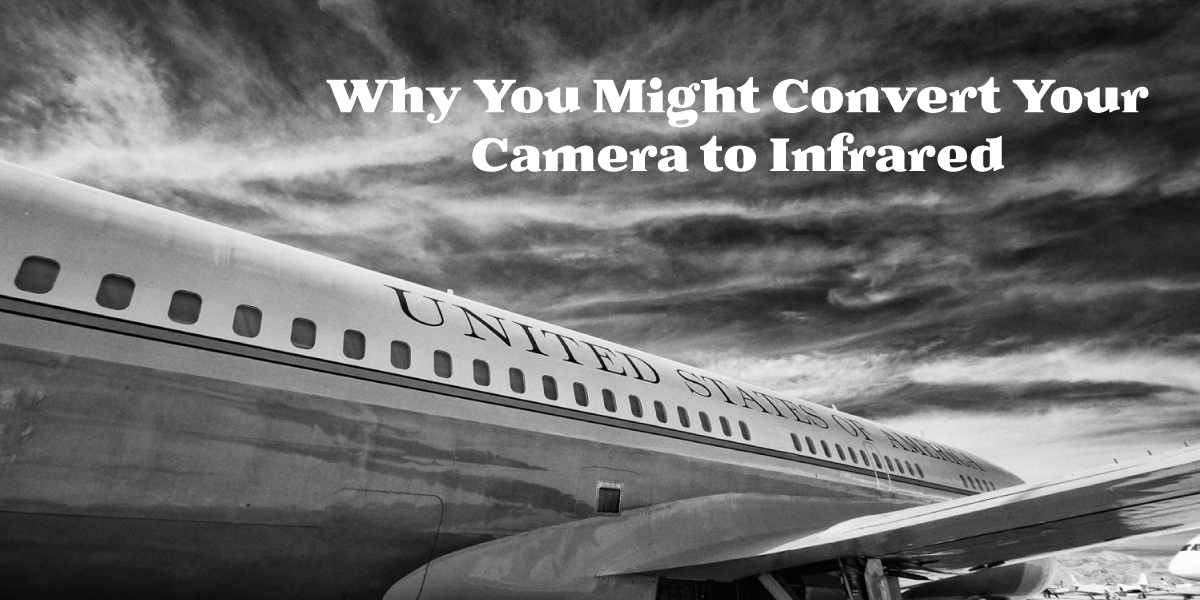
A few years ago, I wanted to buy a new camera, but I loved my older camera. I knew I wouldn’t use it anymore once I bought a new one, so I decided to have it converted to infrared. This way I could justify a buying a new camera and still use the older one.

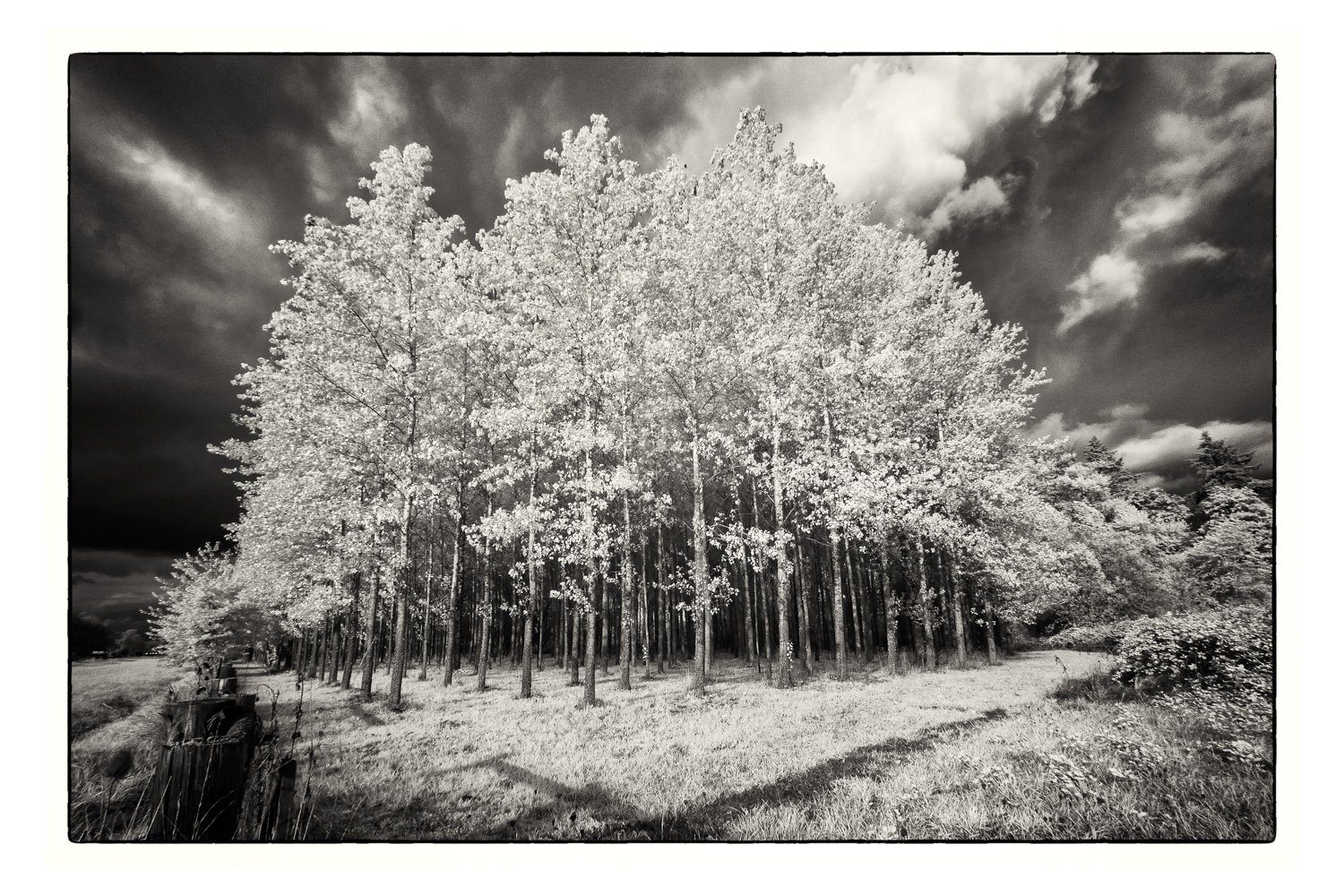
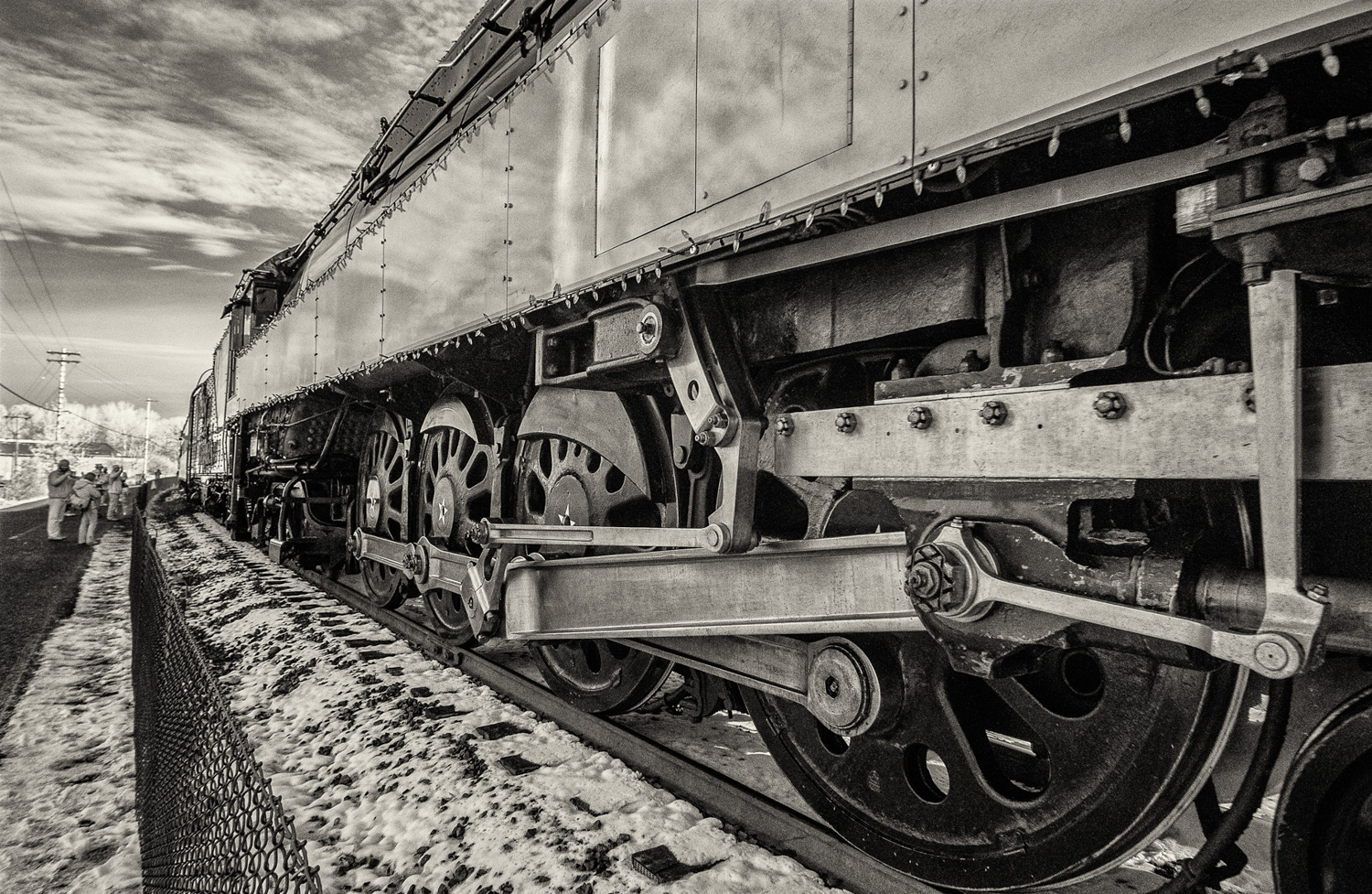
When you have a digital camera converted to infrared, they remove the infrared blocking filter from the camera's sensor and replace it with a filter that only blocks some of the infrared light. There are several choices of infrared filter strengths available from 590nm to 850nm. The 590nm filter will have limited color and the 850nm will be high contrast monochrome only. The typical infrared photos that you see have trees with white leaves and dark skies.
The most popular conversion is 720nm. This gives you an image that is monochrome but fairly flat in contrast. I choose this one because it gives me the most latitude to adjust the image in Lightroom and Photoshop.
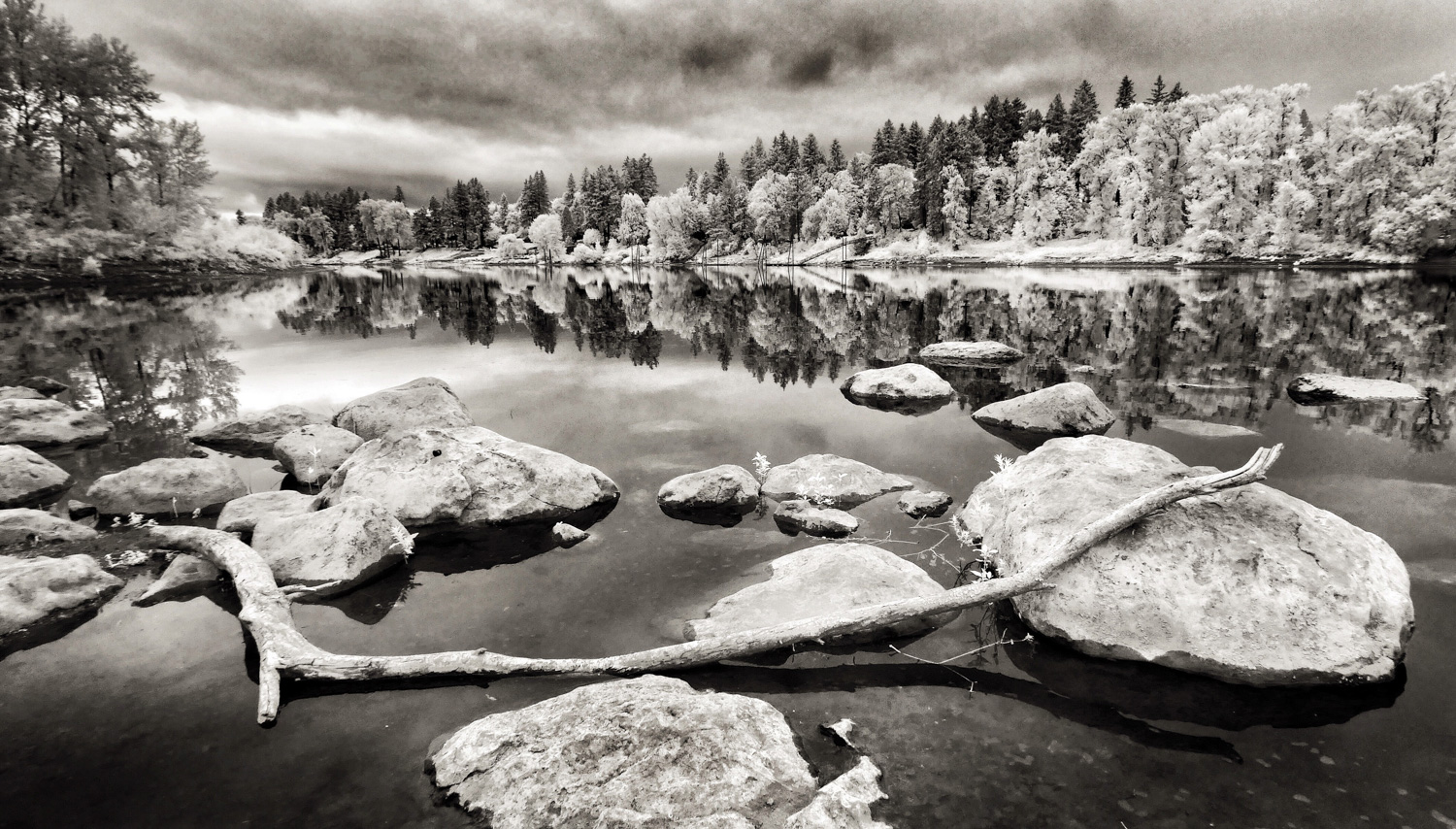

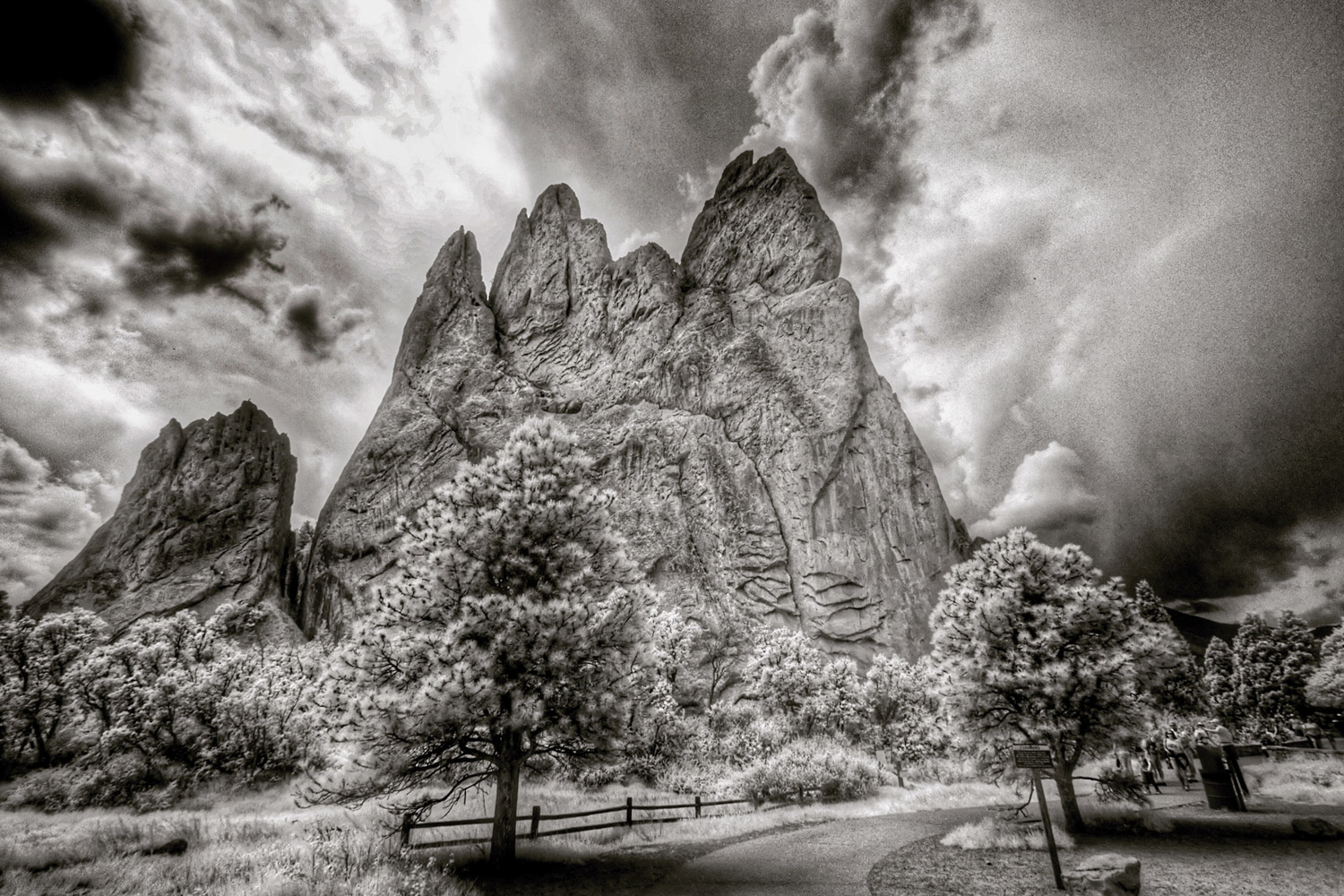
As you can see in the images that I’ve taken, infrared loves sunny, contrasting light. For almost all of my infrared photos I use the Lumix 7-14mm wide angle zoom. I’ve also found that infrared does not look good with shallow depth of field, so it's best to set your aperture to f/8 or 11.
There are several places that you can convert your camera. I used LifePixel to convert my Panasonic Lumix GX7. Just remember that after the conversion that the camera won’t work as a full color camera.
After you’ve had your camera converted you can come down to Precision Camera and buy that new camera you’ve been trying to justify and have a fun infrared camera in your bag too!
Mark Toal is a photographer living in West Linn, Oregon. You can see more of his photography on Instagram and Facebook.

